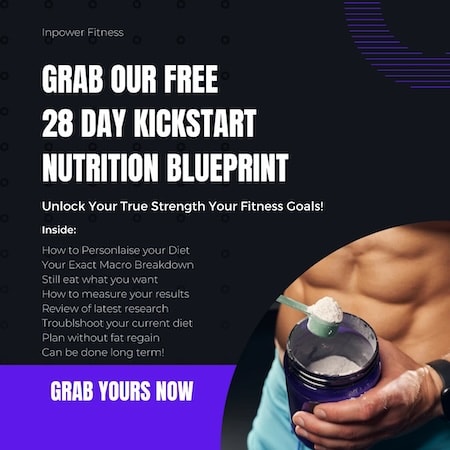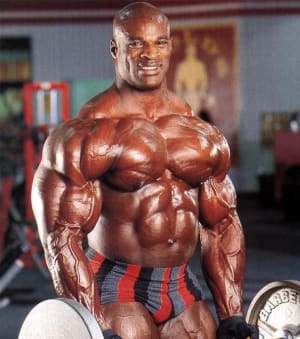
Providing All The Answers To Your Arm Training Questions
One time my mentor shared with me his doubts on the significance of a lot of books and articles written by most personal trainers and coaches in weightlifting. According to him, the most proficient personal trainers lack time to write because they are professionally engaged in their work. Which I believe is true. When you’re in the trenches training 10 clients per day as we do I don’t know how they have time to write a book. This means most of the information in the books and blogs may not be what the trainers are teaching their clients and athletes.
Similarly, I doubt the content that is generated every day on blog posts and articles on training. One would wonder where successful professionals find so much time to write. At Inpower fitness we get a lot of questions from struggling new comers who haven’t been able to get results from their own training. It would be best to answer all the questions in one big training article.
Some of the questions I get a lot from clients in their lack of arm development are
Question: “Why are my curls and dips getting stronger but my arms are not growing bigger?”
Answer: Curls, dips and progressive overload are good. What you need to include in your growth process is enough volume. The lower reps will get stronger when the person focuses on them like 1-3 reps. However, lower reps are not ideal for stimulating hypertrophy. Otherwise, the elite bodybuilders would have been stronger than they are.
For instance, Arnold, the Austrian Oak was well-built and performed well in numerous weightlifting and powerlifting meets but never made it to the world-class level competitions. His top official lifts were a 135 kg clean and jerk, a 200kg bench press, a 215kg squat, and a 310 deadlift. According to him, he finally attained bests of a 247kg squat, a 227kg bench, and a 322kg deadlift.
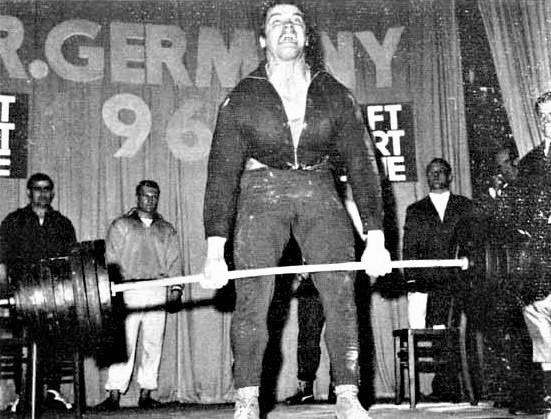
In his era, Arnold ranked among the best bodybuilders, however in today’s time, he would not easily earn a pro card since he did not have enough muscle. Dorian Yates is another illustration, he was shorter than Arnold by three inches but was 20 kilos bulkier than Arnold onstage!
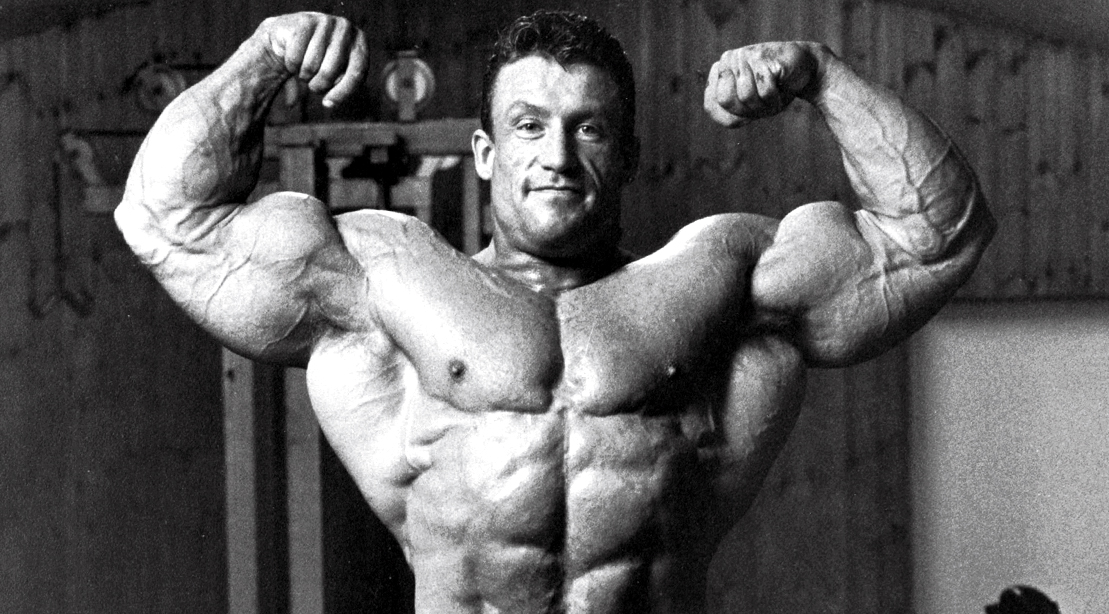
Training bests are not so much there anymore in today’s world because bodybuilders emphasize more on strategies to grow muscle mass and not strength. I particularly recommend the following loading parameters for growing your muscle mass versus relative strength which is body strength for every unit of bodyweight:
Hypertrophy Relative Strength
Intensity 80-82%* 85-100%
Repetitions 6-20 RM 1-5 RM
Sets 3-6 5-12
Rest Intervals 2-4 minutes 4-5 minutes
Concentric Tempo 1-10 seconds 1-4 seconds
Eccentric Tempo 4-10 seconds 3-5 seconds
Total Set Duration 20-70 seconds less than 20 seconds
Exercises Per Workout 6-12 6-12
*the percentages provided above are only guidelines; the type of exercise affects this valuable. Most elite bodybuilders in today’s world are not as strong as they may seem.
Apparently brachialis is a restrictive factor when growing biceps, how will I know when my biceps are strong enough?”
Answer: You can manage to reverse curl 82 per cent of your supinated curl.
if you can get out 50kgs for 5 of the standing EZ curl. You will be able to reverse curl 40 kilos for 5. If you cannot, ensure you focus on increasing your reverse curl numbers. To develop your brachialis, I recommend reverse curls, hammer curls, and other pronated or semi-supinated movements.
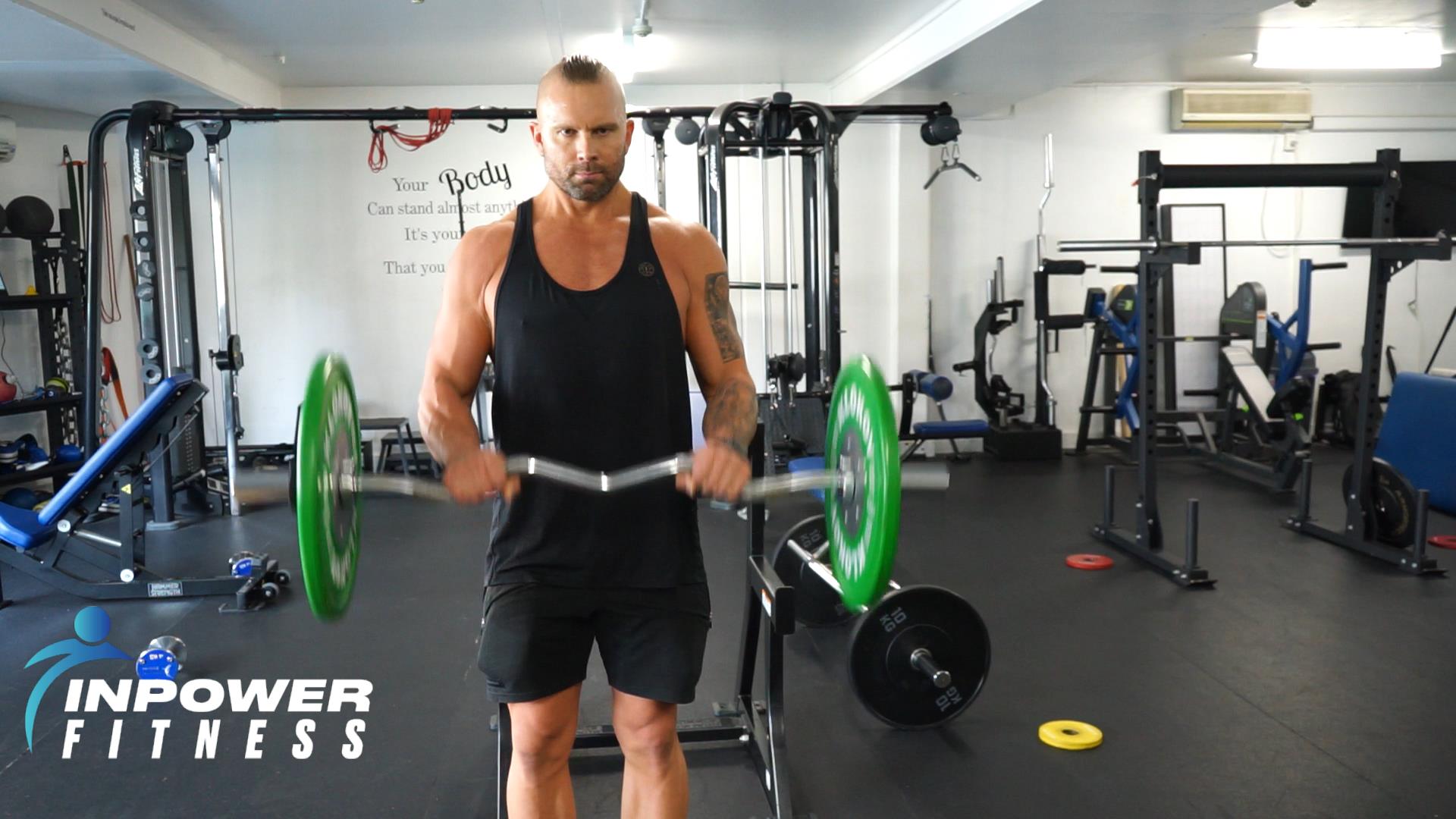
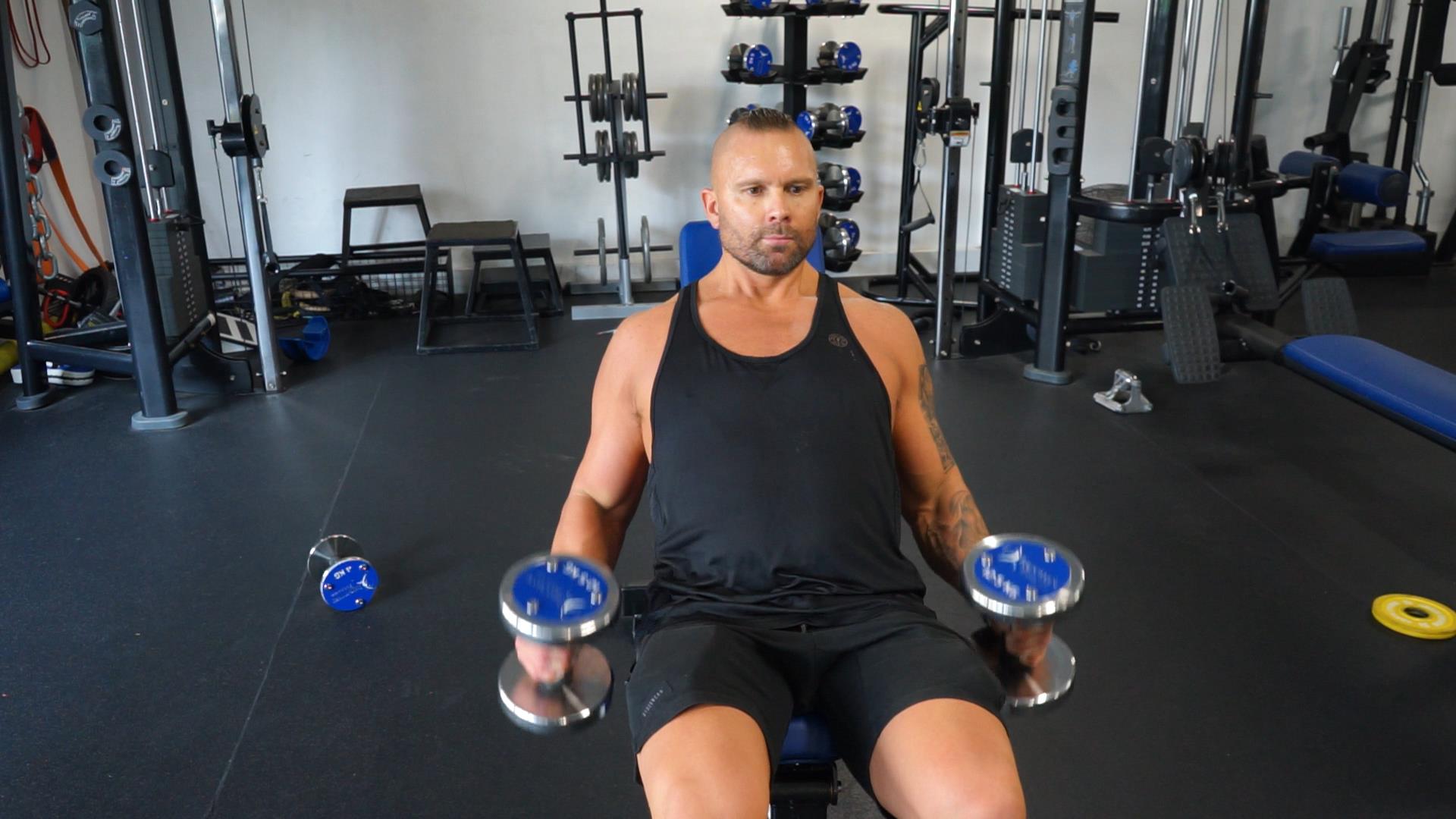
Another frequent structural balance concern is the strength of the long head of your biceps. Your incline dumbbell curl at 45 degrees, should match exactly your Scott curl. You must ensure you keep your elbows pointing directly down for the initial 90 degrees of this movement.
Spending time on these two movements can rapidly increase your arm’s growth particularly if you had considerable imbalance when starting. Please consider hammer curls which are an awesome exercise for growing the brachialis.
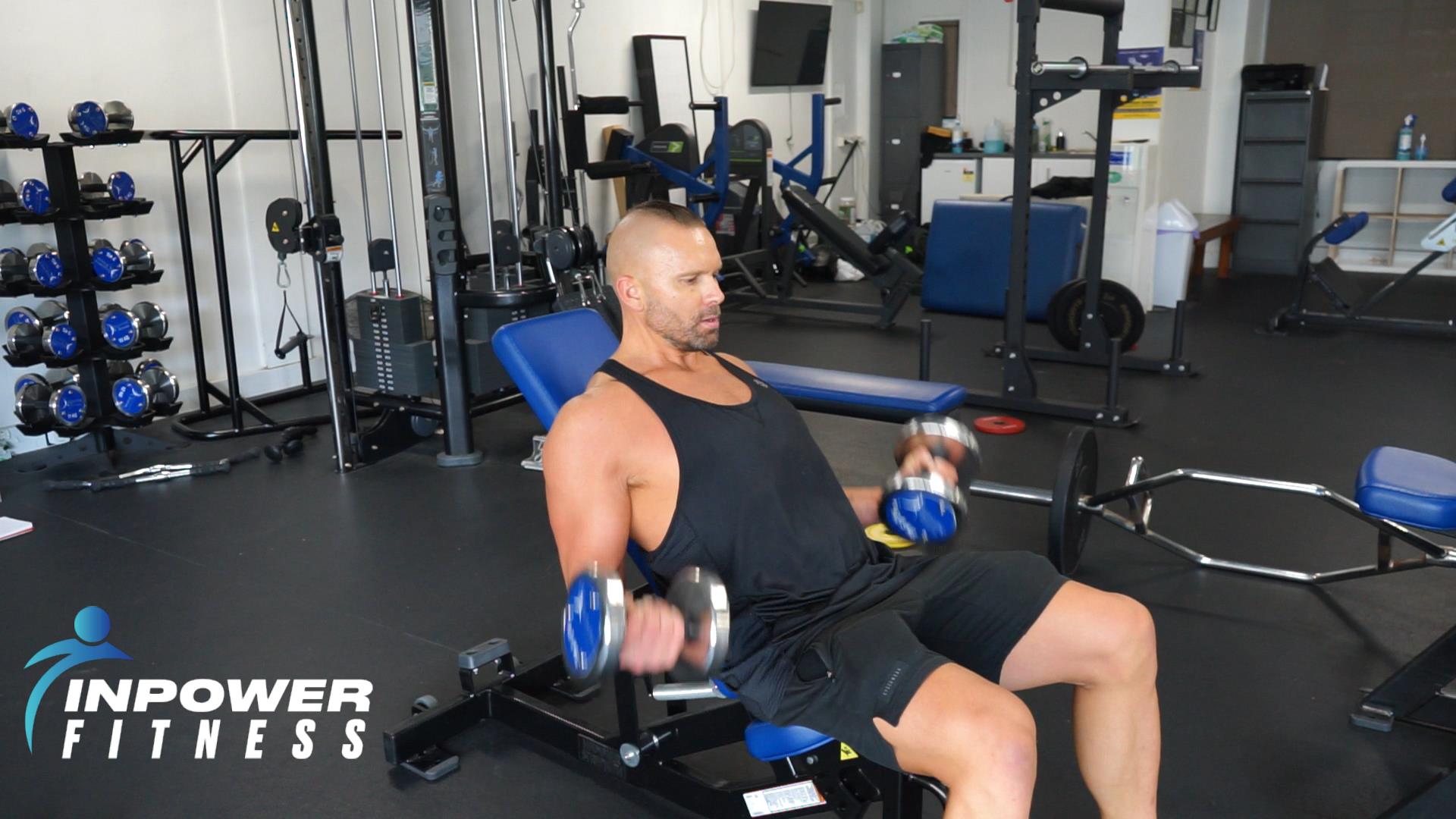
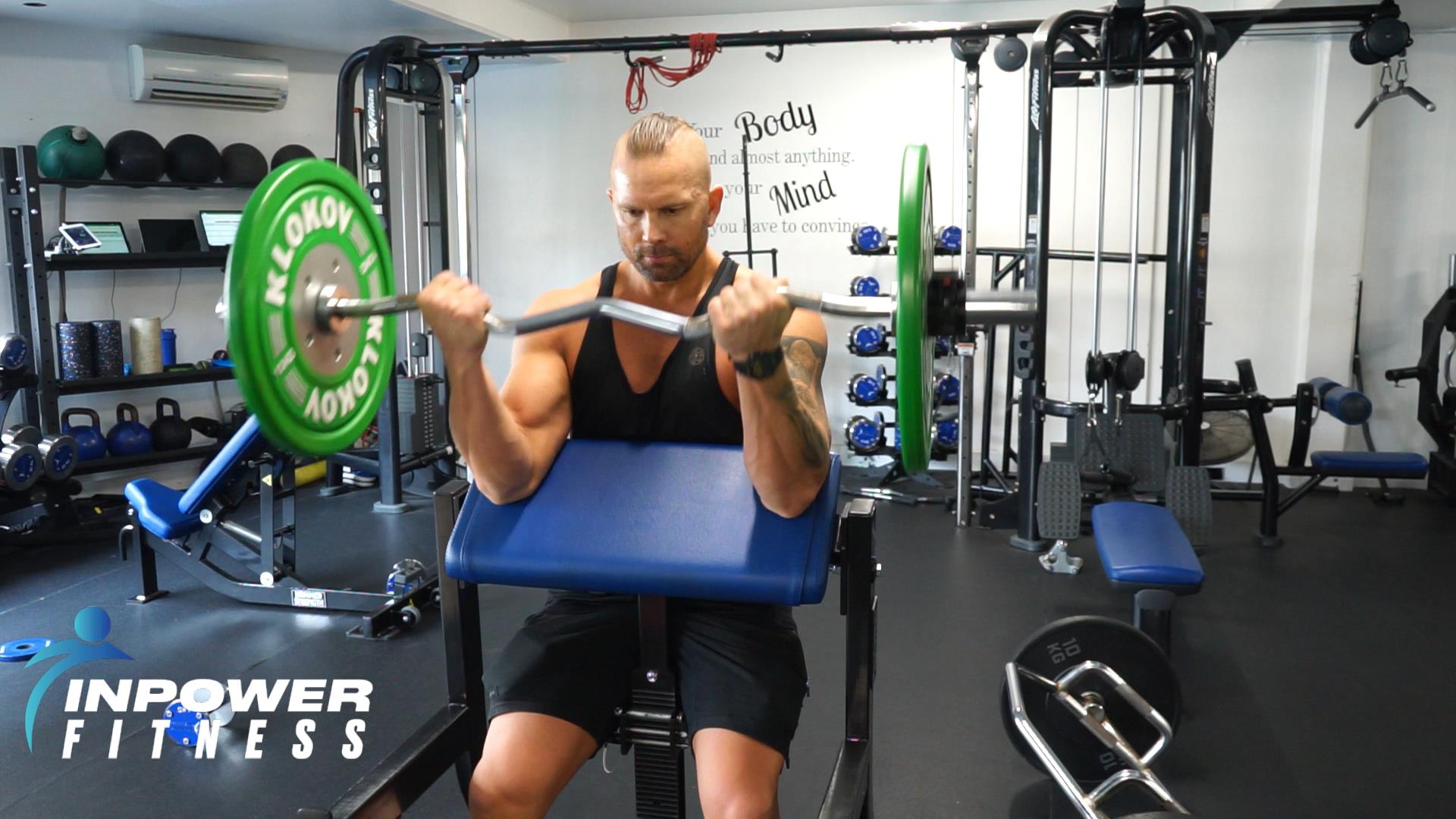
Question: “I have been going to the gym for 2.5 hours every day but my arms have not grown!”
Answer: If you have been in the gym for close to 3 hours every day and have not seen any results, that means you're going to the gym to socialize, not training.
You will need to incorporate volume and progressive overload to increase but you have to be careful to not overtax your body’s healing abilities.
According to Nautilus founder Arthur Jones and pro bodybuilder Mike Mentzer, body workouts needs to be difficult but should not last for long. However, it is not that easy. I also believe these types of workouts can yield amazing results for short periods because most people who train arms are utterly overtrained. Nonetheless, when the personal trainers reduce their volumes with these programs, they allow their clients bodies an opportunity to grow.
There is some exception but continuing with these programs for an extended period will stagnate their growth. One strategy to avoid overtraining is to reduce the volume by between 40-60% every third workout. This method works well because many people cannot manage more than two high-volume exposures in a row without needing a deloading period. At our personal training stuido Inpower Fitness we do this by the change of program. Getting used to new exercises, new rep ranges and tempos give the client an oppurtunity to focus on form and the sequence before it is ramped up obver the next 2 week of the program.
Another strategy I would recommend is for the personal trainer to program alternating two unlike arm workouts and minimize the volume every 4th and 5th workout. For instance:
Day One - Arm Workout A
Day Six - Arm Workout B
Day Eleven - Arm Workout A
Day Sixteen - Arm Workout B
Day Twenty-One - Arm Workout A (-60%)
Day Twenty-Six - Arm Workout A (-60%)
The A and B workouts should be comparatively similar instead of GVT for workout A and Heavy Duty for workout B.
If you are wondering which system you should go for between deloading after each 3rd workout or deloading after every 5th and 6th workout, the answer is both! You have to identify the best system for yourself by implementing your workout logbook which needs to be maintained and updated well. Over the past 17 years of being in the industry I have recorded every clients weight lifted for every single session. I have found for the general population that on the 4th is the sweet spot thats why we change our programs after 3 weeks. For the more experieced lifter or athlete that may be different.
Please note: unloading does not mean you are lazy. it means the intensity will be high but the volume will be low
Question: I have heard one does not require a direct arm workout if you are doing plenty of dips and chins. When is it right to begin including direct arm work in my workout?
Answer: Workouts like dips and chins have the highest cross-sectional muscle fiber recruitment. If you cannot manage a minimum of 12 full-range chin-ups or 20 dips, then it is better to focus on raising these scores instead of working out on the Scott bench. You should include direct work for your elbow extensors and flexors after growing the right strength in your chins and dips, which should take roughly 3 months.
Question: “What are your tips for lagging triceps development?”
Answer: The greatest issues I have encountered with triceps are failure to do enough heavy, low-rep work on the big-money lifts and avoiding the lateral head. The best workouts are those where you manage plenty of weight and have to push yourself hard. That is, dips and close-grip bench presses are preferable over kickbacks and press down.
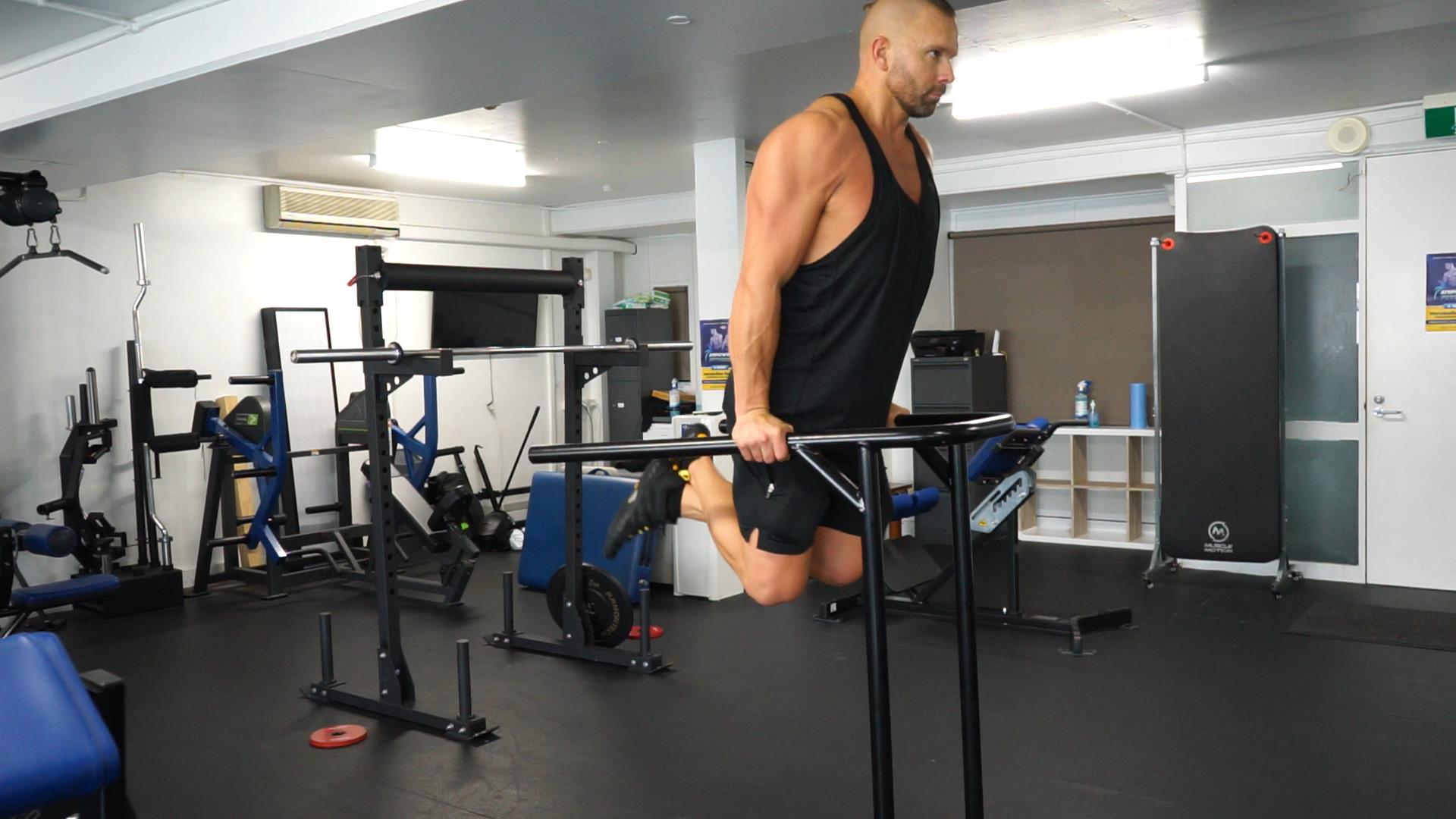
The lateral head is frequently referred to as the “lazy head of the triceps” because research indicates it only reacts to heavy loads. This is why powerlifters usually have such well-developed lateral heads. The best exercises need your elbows to be positioned directly beneath the bar like a close-grip bench press with a decline of 10 degrees and seated half presses in the power rack and a pause of 2 seconds. Remember to do dips also.
Question: “Is high-frequency training an effect on the arms?”
Answer: A high-frequency workout strategy can be helpful for the forearms and the calves. However, it will not help the biceps and triceps.
Question: I am trying to use fascia stretching to help kick off certain growth in my arm. Can that work?
Answer: Fascia stretching can be effective. However, fascia stretching is complex.
The most effective fascia stretches were designed by a French osteopath. In each fascia stretch, there are like 10 different things that must be done simultaneously such as tucking your chin or turning the elbow to attain a true fascia stretch. In short, the personal trainer must be appropriately coached.
If you want to master fascia stretching the faster way, you will need constant guidance from an instructor, and even then it takes between 20 and 45 minutes to learn a solitary stretch. I think most of the people are doing a deep static stretch instead of a fascia stretch. Please note there is nothing wrong with doing a deep static stretch.
Question: “I can manage to achieve a great arm pump and they are not growing. Is a pump the same as growth?’
Answer: Do weighted dips ten sets of three while taking a 2-second pause in the stretched position and you’re your triceps will grow. However, you will not achieve a skin-tearing pump. This is also the case with other sections of the body. If you look at the elite weightlifters in the olympics for example, none had a pump in their professional lives and had great quad and trap development.
There are some cases when a trainee can get a good pump together with effective training motivation. For instance, tri-sets are great but ensure to maintain the load heavy (4-6 reps) for every part of the tri-set. The heavy load together with a prolonged duration of tension will cause hypertrophy. On the other hand, a big number of total reps will get you a pump that will limit you from increasing size
Question: “What are the best supplements to assist me to exercise my arms more?”
Answer: Try different pre-workout nootropics like tyrosine, vinpocetine and acetyl l-carnitine. Alternate between these options until you find what works right for you.
Question: “I have tried all arm exercises why are my arms not responding?”
Answer: If a personal trainer has tried out “all arm exercises” without noticing any results, the common cause is poor dieting. Particularly, lack of enough proteins can be the reason your arms are not growing. I know the usual recommendation in college nutrition studies is 0.85 grams for every 1 kilo of body weight. This measure is sufficient for individuals but if much bigger arms is your goal then more protein is needed.
A 2011 Journal of Sports Sciences made a review of the required proteins for resistance-trained athletes. The journal recommended between 1.3 and 1.8 grams of protein for every kilo of bodyweight. Additionally, the journal pointed out that consuming between 1.8 and 2.0 grams of protein for every kilo of body weight could help prevent lean loss of mass during phases of energy limitation to support fat loss. Simultaneously, the review noted there were extremes.
Ronnie Coleman was an athlete who won Mr Olympia 8 times and people say he ate as much as 546 grams of protein every day. During the off-season, his weight was around 140 kilos, implying he was eating 3.9 grams per kilo of bodyweight. On the other hand, Dorian Yates, who won Mr Olympia 6 times commends taking between 1 to 1.5 grams of protein for every pound of bodyweight.
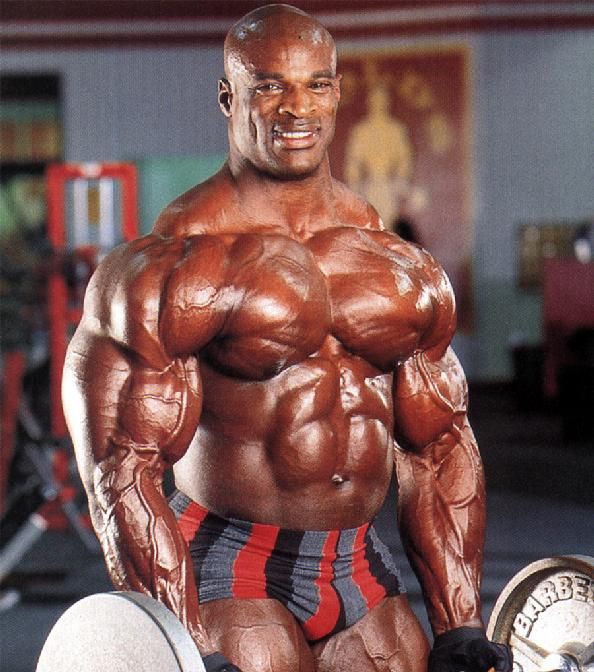
As a rule of the thumb, I advise my personal trainers and my clients to eat at least 1.5 grams of protein for every kilo of body weight, depoending on their goal. In addition, for a post-workout shake, I recommend trainers take 0.6 grams for every kilo of lean body mass, which is 50 grams of protein for a 95 kilo person at 10 per cent body fat.
I know it is difficult eating sufficient proteins by cooking a high-protein meal comprising of eggs, lean meats, and fish, a large egg with 6 grams of protein, 11 grams of a chicken leg. That's where supplementation comes in
If you are short on time, you may eat some high-quality protein powder that cannot be found in you local groceery store. Apart from the extra convenience, these protein powders provide accurate control of the trainee’s nutritional requirements. For instance, if the goal is to remain lean, you will need to stay away from protein powders with high compositions of carbs.
Conclusion:
It will be impossible to grow bigger and stronger arms without proteins.
Question: “What vitamins should I take to assist in growing my arms?”
Answer: The best vitamin to help you grow your arms are Vitamin D. Lack of sufficient vitamin D could be limiting your growth objectives. The standards for vitamin D deficiency are too low. To increase your body muscle at the right range, you will need to maintain your vitamin D levels at 25% per cent more than the upper range in your blood work.
Question: “I follow all the necessary steps including my routine, frequency, nutrition and others. Still, my arms look bad. What is your advice?”
Answer: One of the reasons why you are not seeing the impact you want after doing everything right could be as a result of a simple subluxation of a vertebra that innervates that muscle.
Neck issues could also be hampering the growth of your arms. This is because a contraction of the intervertebral space can limit the functioning of your nervous system, hindering growth. The solution is seeking a proffesional like an ART practitioner to work on these body structures to give more space to the nerves and immediately make you feel better and stronger.
I hope I have answered your question. With this information, you will be ready to get back to training and growing stronger arms.




